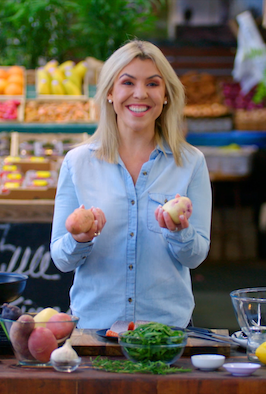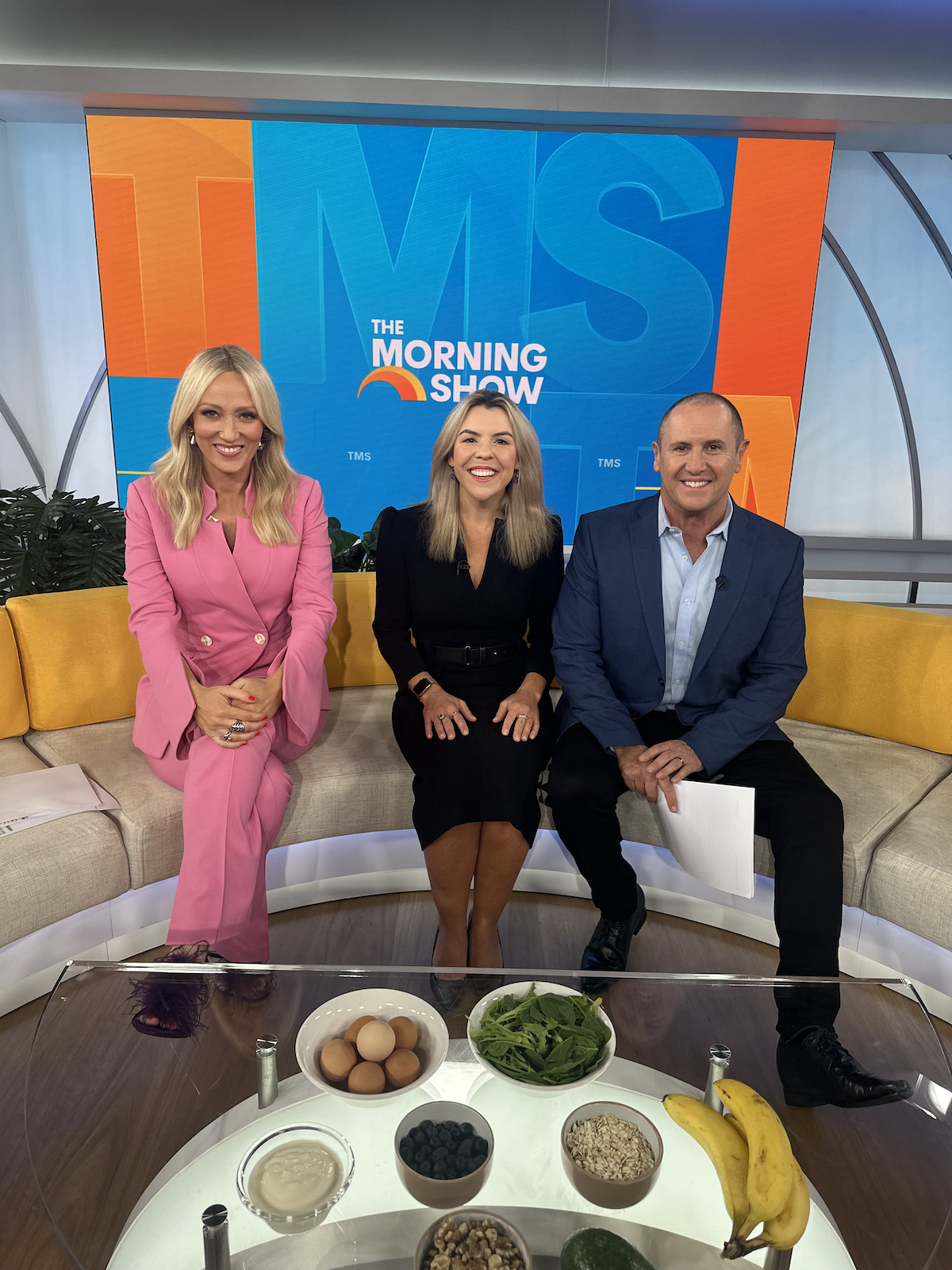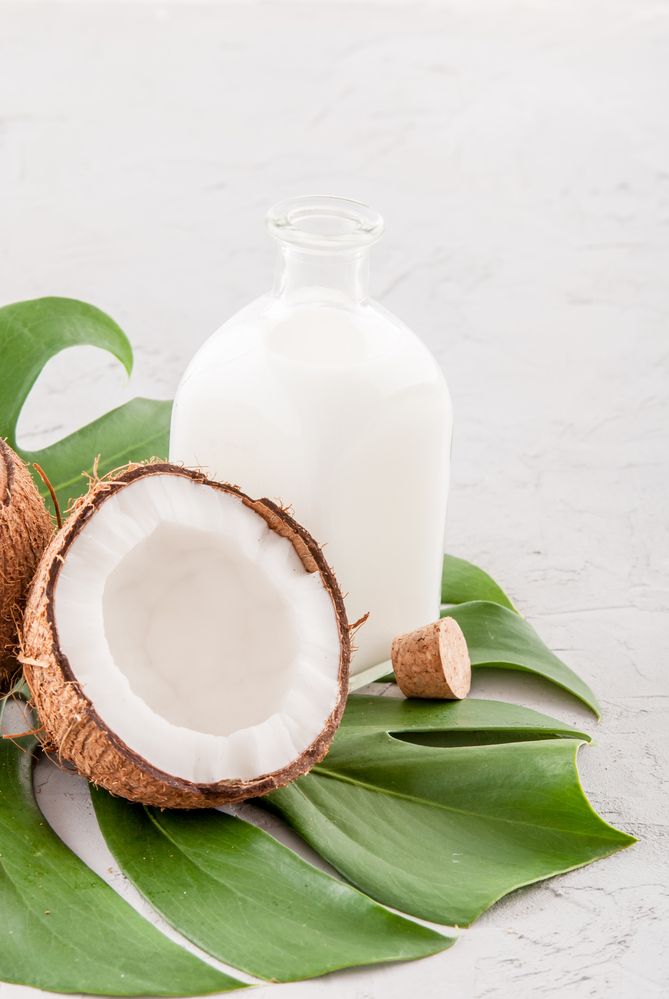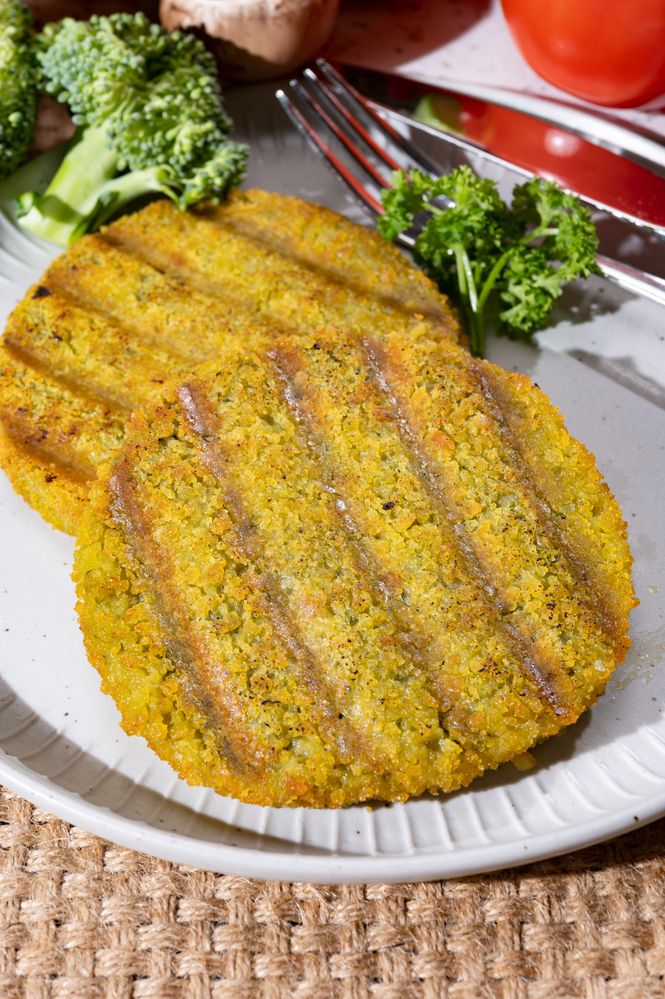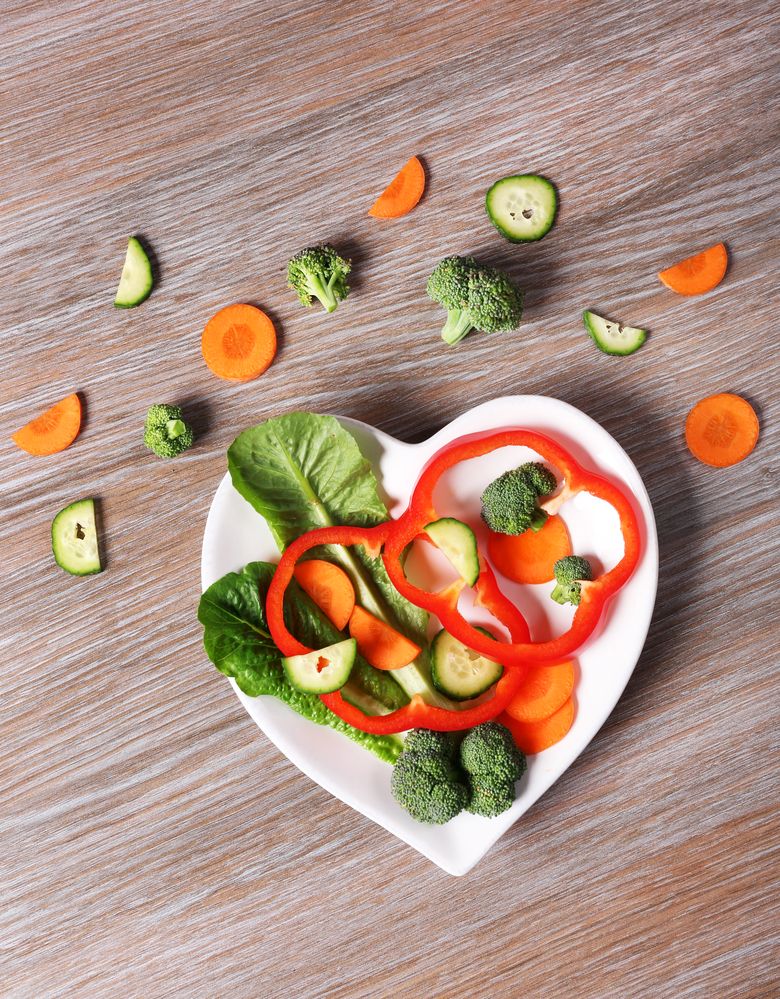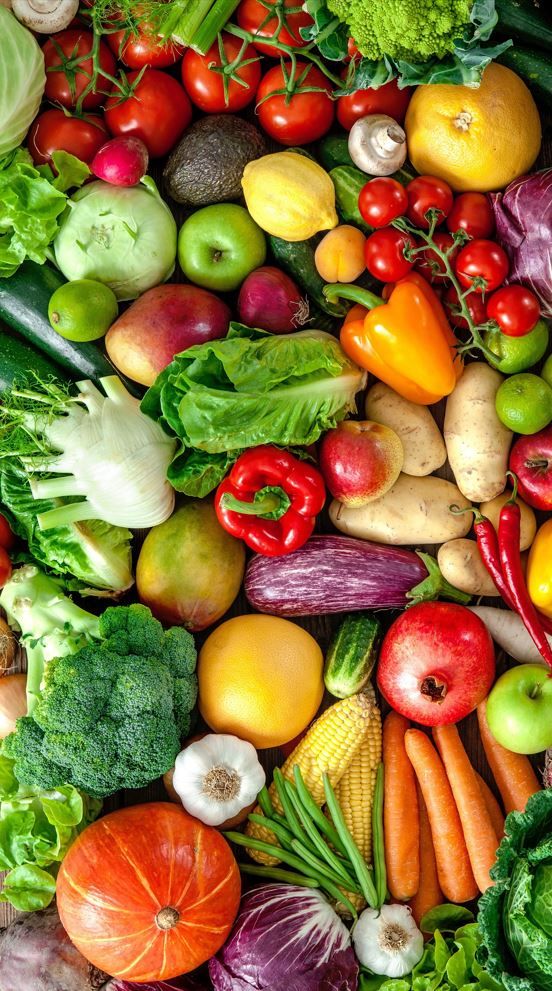Dietary Guidelines revision 2011
Written by Catherine Saxelby
on Sunday, 18 December 2011.
Tagged: guidelines, guides, healthy eating

The Dietary Guidelines - spelling out what foods Australians should eat - are being updated to reflect the latest knowledge on nutrition, diet and health. This latest 2011 revision has focused on food choice recommendations rather than on how much of certain nutrients you should consume, which was the approach of the 2003 version of the Dietary Guidelines. It runs for 288 pages with over 1,000 references. Here's a handy summary and a list of what's changed.
What are the Dietary Guidelines about?
The Dietary Guidelines have information about the types and amounts of foods, food groups and dietary patterns that aim to:
- promote health and wellbeing;
- reduce the risk of diet-related conditions, such as high cholesterol, high blood pressure and obesity; and
- reduce the risk of chronic diseases such as type 2 diabetes, cardiovascular disease and some types of cancers.
Devised by the National Health and Medical Research Council (NH&MRC), they apply to all healthy Australians, as well as those with common health conditions such as being overweight. They do NOT apply to people who need special dietary advice for a medical condition, or to the frail elderly.
Who are they meant for?
The Dietary Guidelines are for use by health professionals, policy makers, educators, food manufacturers, food retailers and researchers, so they can find ways to help Australians eat healthy diets.
Here are the 5 Guidelines as they appear on the EatforHealth website:
Guideline 1
Eat a wide variety of nutritious foods from these five groups every day:
- plenty of vegetables, including different types and colours, and legumes/beans
- fruit
- grain (cereal) foods, mostly wholegrain, such as breads, cereals, rice, pasta, noodles, polenta, couscous, oats, quinoa and barley
- lean meat and poultry, fish, eggs, nuts and seeds, and legumes/beans
- milk, yoghurt, cheese and/or their alternatives, mostly reduced fat (reduced fat milks are not suitable for children under the age of 2 years).
and drink water.
Guideline 2
Limit intake of foods and drinks containing saturated and trans fats, added salt, added sugars and alcohol.
a. Limit intake of foods and drinks containing saturated and trans fats
- Include small amounts of foods that contain unsaturated fats
- Low-fat diets are not suitable for infants.
b. Limit intake of foods and drinks containing added salt
- Read labels to choose lower sodium options among similar foods.
- Do not add salt to foods.
c. Limit intake of foods and drinks containing added sugars. In particular, limit sugar-sweetened drinks.
d. If you choose to drink alcohol, limit intake.
Guideline 3
To achieve and maintain a healthy weight you should be physically active and choose amounts of nutritious food and drinks to meet your energy needs.
- Children and adolescents should eat sufficient nutritious foods to grow and develop normally. They should be physically active every day and their growth should be checked regularly.
- Older people should eat nutritious foods and keep physically active to help maintain muscle strength and a healthy weight.
Guideline 4
Encourage and support breastfeeding. Breast milk is best for baby and for mother.
Guideline 5
Care for your food: prepare and store it safely.
Here's what's changed since 2003
Evidence suggests Australians need to eat more:
- vegetables and legumes/beans
- fruits
- wholegrain cereals
- low fat milk, yoghurt, cheese
- fish, seafood, poultry, eggs, legumes and beans (including soy), and nuts and seeds.
- red meat (young females only)
Evidence suggests Australians need to eat less:
- starchy vegetables (eg. potatoes)
- refined cereals
- high and medium fat dairy foods
- red meats (adult males only)
- Food and drinks high in saturated fat, added sugar, salt, or alcohol (e.g. fried foods, most take-away foods from quick service restaurants, cakes and biscuits, chocolate and confectionery, sweetened drinks).
Other Suggestions
- The 2011 draft tries to be practical – it focusses on food groups (vegetables, fruit, grains etc) rather than nutrients (protein, vitamin C, potassium, etc) which was the approach of the 2003 version.
- They’ve been revised with recent scientific evidence in mind about the relationships between food, dietary patterns and health outcomes. But in essence, it’s still the same list of things to eat eg more vegetables, more fruit, less 'junk'. All of which you'd recognise as the standard advice.
- Alcohol has been mentioned at last - which is good in my opinion.
- Legumes/beans have been included in the Vegetable group as well as as a Meat alternative for vegetarians.
- Red meat should be eaten more by young women but less by adult men, an interesting split but one that bears out when you see the size of steaks offered for blokes in pubs.
- There's more of a move to cut back on potatoes and refined grains such as white bread and white rice which we already eat enough of.
- Take-aways, fast food, fizzy drinks, chocolate and lollies, cakes and biscuits are for the first time specifically listed as foods to cut back on. There are in essence 'junk food' that is singled by name. And for good reason.
Does this mean I'll have to change what I eat?
In all likelihood. Most Australians need to increase their intake of vegetables, fruit, whole grains and milk products – particularly reduced-fat types.
Most of us already consume too much junk food which the NH&MRC have called "energy-dense nutrient-poor foods and drinks which are high in either saturated fat, salt and added sugar"!
Most men will have to cut back on the size of their meat serves, while some women should eat more red meat.
This is a DRAFT only. Consultation on the draft Australian Dietary Guidelines closes on 29 February 2012. For more information and to download the pdf's, visit www.eatforhealth.gov.au.
You may also be interested in...
Reviews
-
Read more
Product review: Low-sugar alcoholic ginger beer
1 March 2023 by, Catherine Saxelby
Want something to drink before dinner? Something that’s LOWER in alcohol than wine? To match his beer? Then look no further than Bundaberg’s low-sugar alcoholic ginger beer.
You can drink Bundaberg low-sugar ginger beer straight from the can, or pour it into a long glass over ice with a slice of lime.
-
Product snapshot: Berkelo’s Khorasan Macaroni
14 September 2022 by, Catherine Saxelby
I’m loving this macaroni from Berkelo. I was sent a sample for Whole Grain Week 2022 by the Grains Legume Nutrition Council. I cooked it up and found that it was just divine! Read on for more …
-
Product review: Super high-oleic safflower oil
11 May 2022 by, Catherine Saxelby
“What does super high-oleic mean?” I hear you ask. Also, “I haven’t heard of safflower for ages. What’s the deal?” Read on and all will be explained.
-
Product review: Healthy Life Food Tracker
6 April 2022 by, Catherine Saxelby
When I was first asked to write this review, I thought, Not another tracker.
After all, there have been several in recent years, such as My Fitness Pal and Everyday Diet Diary. But this one is different. It works by using your Everyday Rewards card AND your shop at Woolworths.
-
20 October 2021 by, Catherine Saxelby
With home delivery on the rise, this post is reviewing none other than that stalwart Lite n’ Easy. We all know their meals are good for weight loss (which we all need after COVID-19!), but did you know they’re also good for general health and wellbeing ? Eating well to nourish yourself – putting your mental health and wellbeing at the forefront – is gaining momentum. Lite n’ Easy meals also ensures you satisfy your need for vitamins, minerals, fibre and phyto-compounds, such as sterols and carotenoids.
 This post has been sponsored by Lite n' Easy.
This post has been sponsored by Lite n' Easy. -
Product review: Birds Eye Plant Based range
15 September 2021 by, Catherine Saxelby
When you think of Birds Eye, their frozen peas and fish fingers probably come to mind. But I bet you’d never think of plant-based products!
 This post has been sponsored by Birds Eye.
This post has been sponsored by Birds Eye. -
Product Snapshot: Olina’s Snackers Crackers
2 June 2021 by, Catherine Saxelby
We sampled Olina’s latest offering in the seeded cracker range – called Olina’s Bakehouse Seriously Seedy Snackers (which is a great name BTW). They come in four flavours: Barbecue, Chilli & Lime, Beetroot & Sour Cream, and Balsamic Vinegar & Caramelised Onion. Take a look at our verdict.
Healthy Weight Loss
-
Read more
Intermittent fasting vs daily calorie restriction
3 May 2023 by, Catherine Saxelby
As you probably know already, intermittent fasting (IF) has gained favour as an alternative regimen to daily caloric restriction (DCR). Fasting is shown to extend the lifespan of rats, and has been associated with metabolic benefits in humans, yet the results so far have been inconsistent. So, which regimen is best for healthy weight loss?
-
15 March 2023 by, Catherine Saxelby
What sort of a diet should you follow to lose that excess weight? These days, it’s pretty confusing with high-protein Keto advocates clashing with plant-protein followers … as well as intermittent fasters, juice-only dieters, no-carb dieters and no-animal (aka plant-based) dieters. Plus all the ads for anti-hunger supplements, meal-replacement shakes and home-delivered meals, more of which somehow appear every day. So, what sort of diet should YOU follow to lose that excess?
-
Protein shakes for weight loss
9 November 2022 by, Catherine Saxelby
These days, protein shakes aren’t bought by just body builders – they’re so popular that you can readily buy a 400 g tub at your local supermarket or service station. And with tempting claims such as ‘Facilitates muscle toning’, ‘Contains transformation-making protein’ and ‘Tastes incredible, mixes easily’, why wouldn’t you grab one? But protein shakes aren’t the magic answer to all your weight-loss woes. Let’s take a look at what you get for your money.
Guest post by dietitian Zoe Wilson APD
-
20 January 2021 by, Catherine Saxelby
Many of us have cravings from time to time and for different reasons. One thing is certain, they can sabotage all your best efforts at a healthy diet and/or weight loss. The good news? You CAN beat them. I’ll tell you how.
-
How to lose weight WITHOUT going on a diet
14 October 2020 by, Catherine Saxelby
The word 'diet' is a turn-off for most people. It sounds hard, unpleasant and unpalatable. Losing weight doesn’t have to be hard AND it doesn’t have mean sticking to a 'diet'. You can forget Paleo, Keto, Vegan and Raw, Gluten-free and Intermittent Fasting. To lose weight, you don’t have to follow any specific diet. What you need is simple, healthy, nutritious food and a few tips and tricks.
-
What IS a healthy balanced diet for weight loss?
16 September 2020 by, Catherine Saxelby
Healthy weight loss happens when you lose weight slowly and steadily (around 1 kg or 2 pounds weight loss a week). Your goal is to lose weight while still getting your essential nutrients but from smaller portions. You certainly don’t want to be tired with no energy! That’s why you need regular healthy meals and snacks on hand to ensure your vitamins, minerals, omega-3s and fibre needs can be easily met. There is a new range of healthy weight loss meals available and it’s one that I’d like to recommend. With these ready meals, you’ll say goodbye to meal planning, shopping, meal preparation and cooking.
This post is sponsored by Chefgood
-
Kitchen make-over for the New Year
8 January 2020 by, Catherine Saxelby
“This year, I'm going to lose weight!”, or “This year I’m opting for a healthier lifestyle!” Is your 2020 New Year's resolution something like one of these? If so, how is it going to happen?
Most popular
-
Read more
Q. What's the difference between Diet Coke and Coke Zero?
12 September 2013 by, Catherine Saxelby
A. At first glance, Diet Coke and Coke Zero appear to be identical. Both contain no kilojoules (Calories) and no sugar. Both are artificially sweetened with (the same amount) of aspartame and acesulfame K and therefore have the same ‘sweetness’.
-
How to convert sodium to salt (and salt to sodium)
6 August 2010 by, Catherine Saxelby
As a nutritionist, my aim is to help busy women eat healthily. One of the ways to do this is to follow the general nutrition advice to reduce the salt in your diet. So, how can you do this when what you’ll see on a food label and on any recommended daily intakes is sodium?
-
7 types of sugar - which is healthier?
11 December 2013 by, Catherine Saxelby
Last week on the radio, the announcer asked me if there was a 'good' sugar – one that would satisfy her sweet tooth but that was 'healthier' than regular white sugar. She figured if there were 'good' carbs and 'bad' carbs there must be some sugars that would get the nod of approval from nutritionists.
-
Eat to beat gastro and diarrhoea
12 October 2012 by, Catherine Saxelby
A clear fluid diet is the best form of treatment for gastro and tummy upsets. It is the "lightest" type of diet, designed to place as little strain as possible on the digestive tract. It is NOT nutritionally adequate and should be followed only for a strictly limited time e.g. two or three days but no more than a week.
-
Nutella. The full (correct) list of ingredients
12 April 2011 by, Catherine Saxelby
Have you ever tried to find the exact list of ingredients for Nutella online? The identical one that appears on its label - in descending order from the first (largest ingredient by weight) to the last ingredient, as required by law? Well, you won’t find it! Here’s the hoop-la I went through to discover exactly what the ingredients in Nutella are and why Nutella is not good for your kids.
-
Sugar - why quitting sugar guarantees you'll lose weight
6 May 2013 by, Catherine Saxelby
Sugar. It's been labelled "deadly", "addictive", "toxic", "sweet poison" and blamed for the rise in global obesity in recent years." Get rid of the white toxin from your diet and you'll free up your body to drop those excess kilos" (or so say anti-sugar campaigners Sarah Wilson, David Gillespie and Robert Lustig). Here are the three real reasons why I believe quitting sugar helps you lose weight.
-
What does 8,700 kilojoules look like?
14 August 2012 by, Catherine Saxelby
8,700 is a magic number in nutrition. It’s the number of kilojoules (kJ) that is the “average” intake for adults in Australia, if the surveys are correct.
It’s widely used as a benchmark figure and as the basis of food labels such as the Percent Daily Intake values.
Recently kilojoules have appeared on fast food menu boards and they use 8,700 as the yardstick to assess their foods against. Here's my take on it.
Recipes
-
Read more
24 May 2023 by, Catherine Saxelby
This is a kind of pavlova topped with fruit, but the base is made from ricotta, rather than egg whites and sugar.
-
22 March 2023 by, Catherine Saxelby
This is an Asian-influenced salad that’s perfect to serve as a side salad at a BBQ or with a fillet of fish.
-
14 December 2022 by, Guest Post
This banana loaf is half bread and half cake. Hence I've called it "cread" which is halfway! It’s dense and delicious without being super-sweet or oily. It can be enjoyed fresh, toasted or sliced and frozen into portions to enjoy later.
-
23 November 2022 by, Guest Post
This quick and easy dessert is ready in minutes. And there are NO leftovers to tempt you later!
-
19 October 2022 by, Catherine Saxelby
A quick and easily-made sandwich, it’s great for an easy lunch.
-
Spring Vegetable Pesto Pasta Salad
7 September 2022 by, Guest post
This super salad-in-one gives you pasta plus vegetables all together. It has a spring feel to it.
-
Squash-ed spaghetti bolognaise
3 August 2022 by, Guest post
This is an excellent make-and-freeze recipe, so weeknight meals become more manageable. I know of no better way of ‘hiding’ veggies than in a Bol sauce – somehow mince with a few veggies like pumpkin or zucchini is a match-made-in-heaven.
Foodwatch
The Good Stuff
The Boring Stuff
© 2025 Foodwatch Australia. All rights reserved
Website by Joomstore eCommerce
